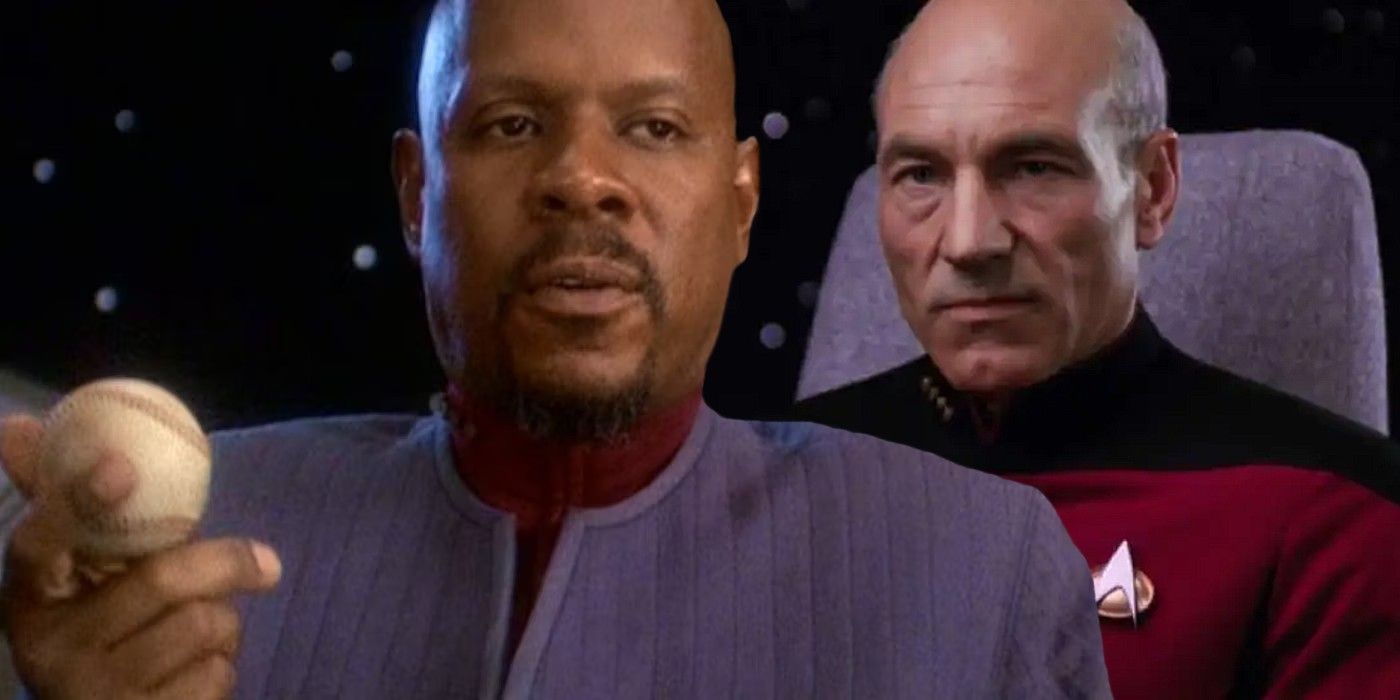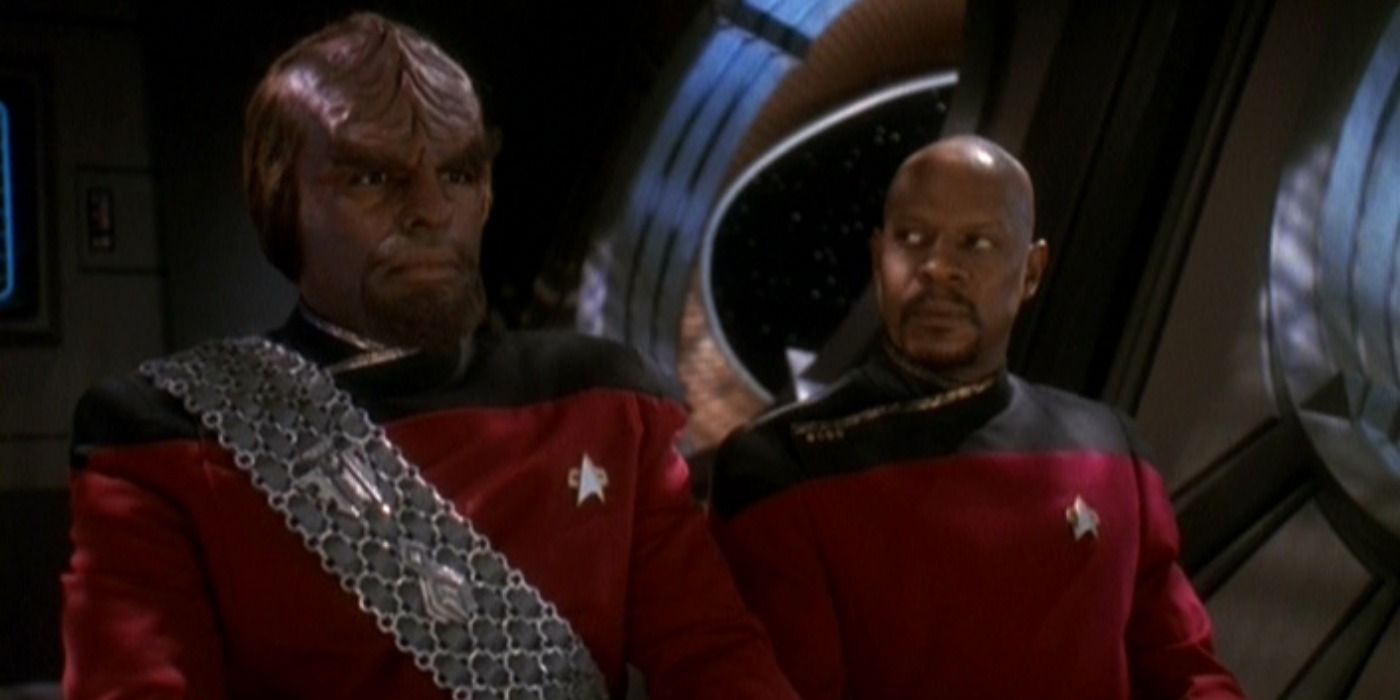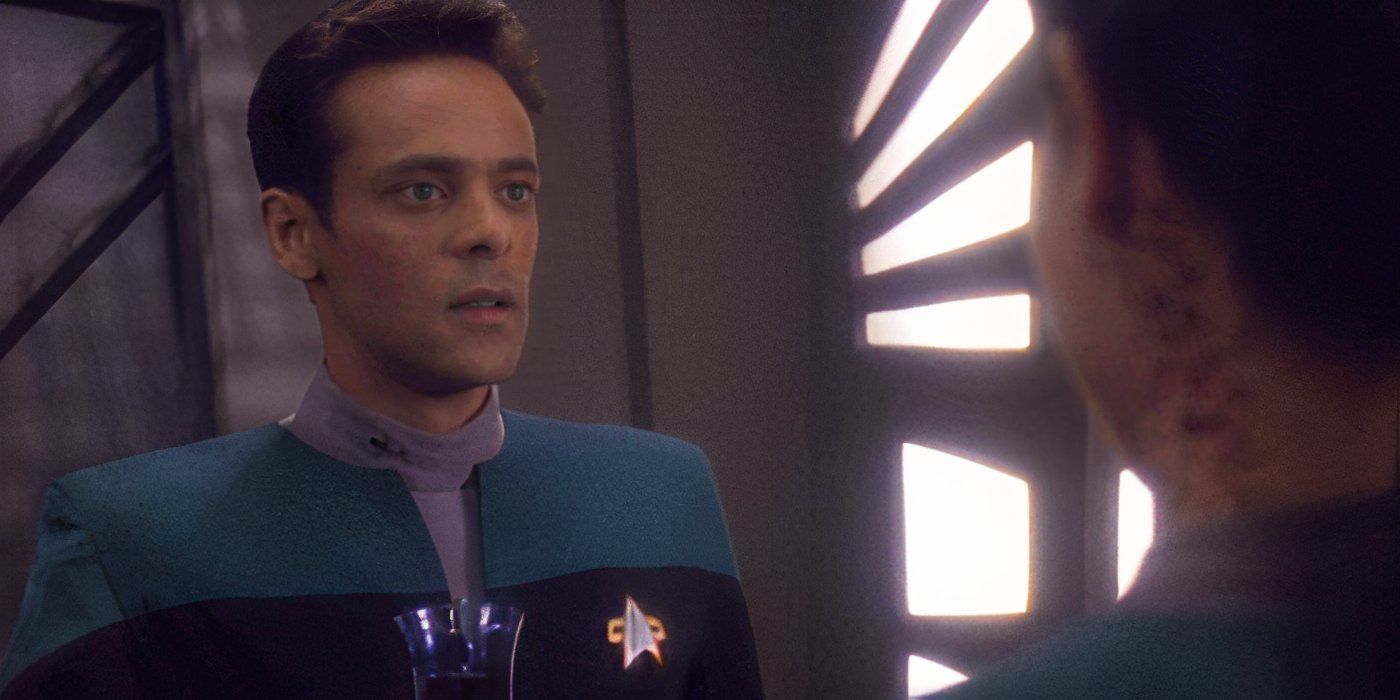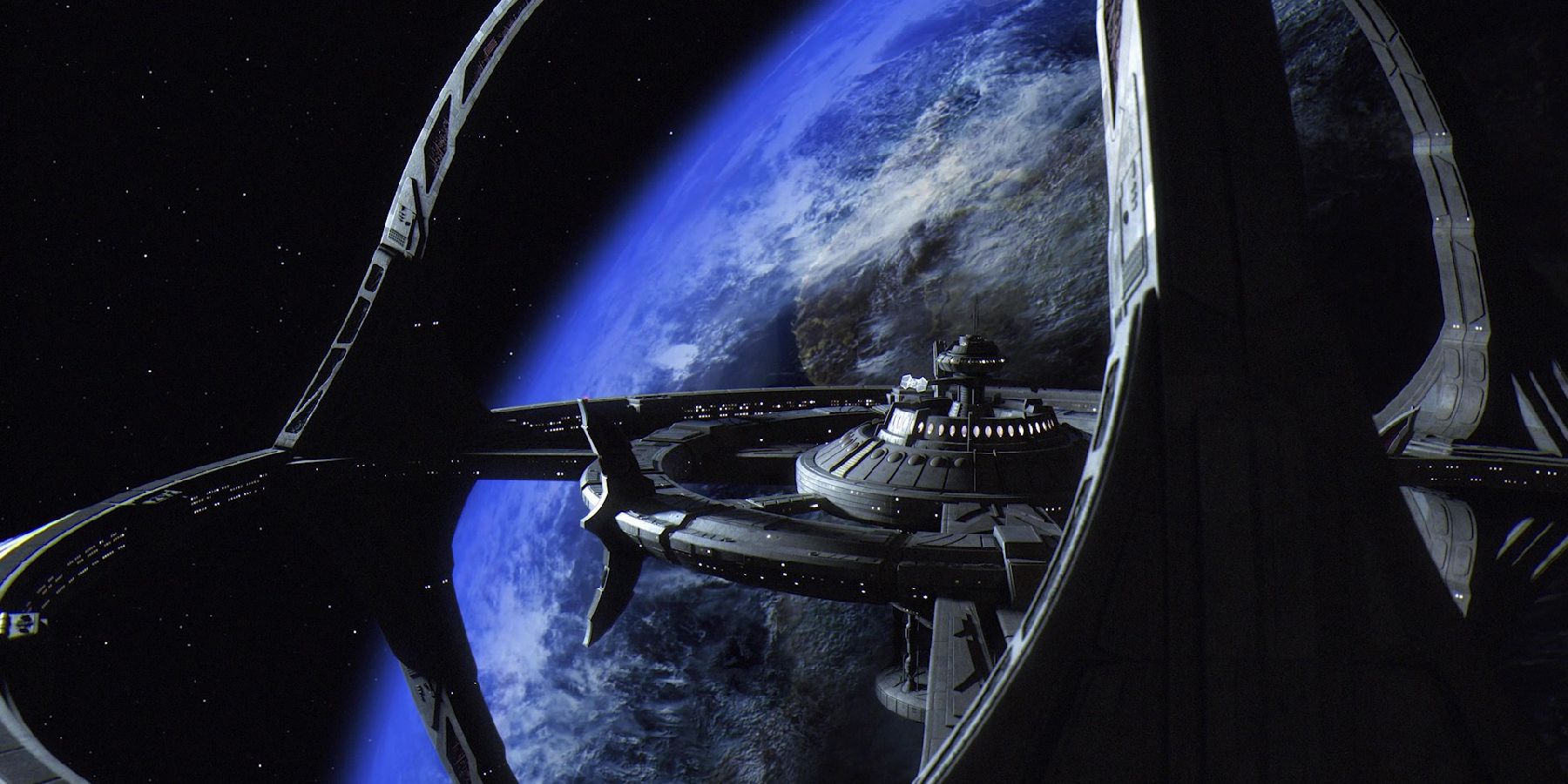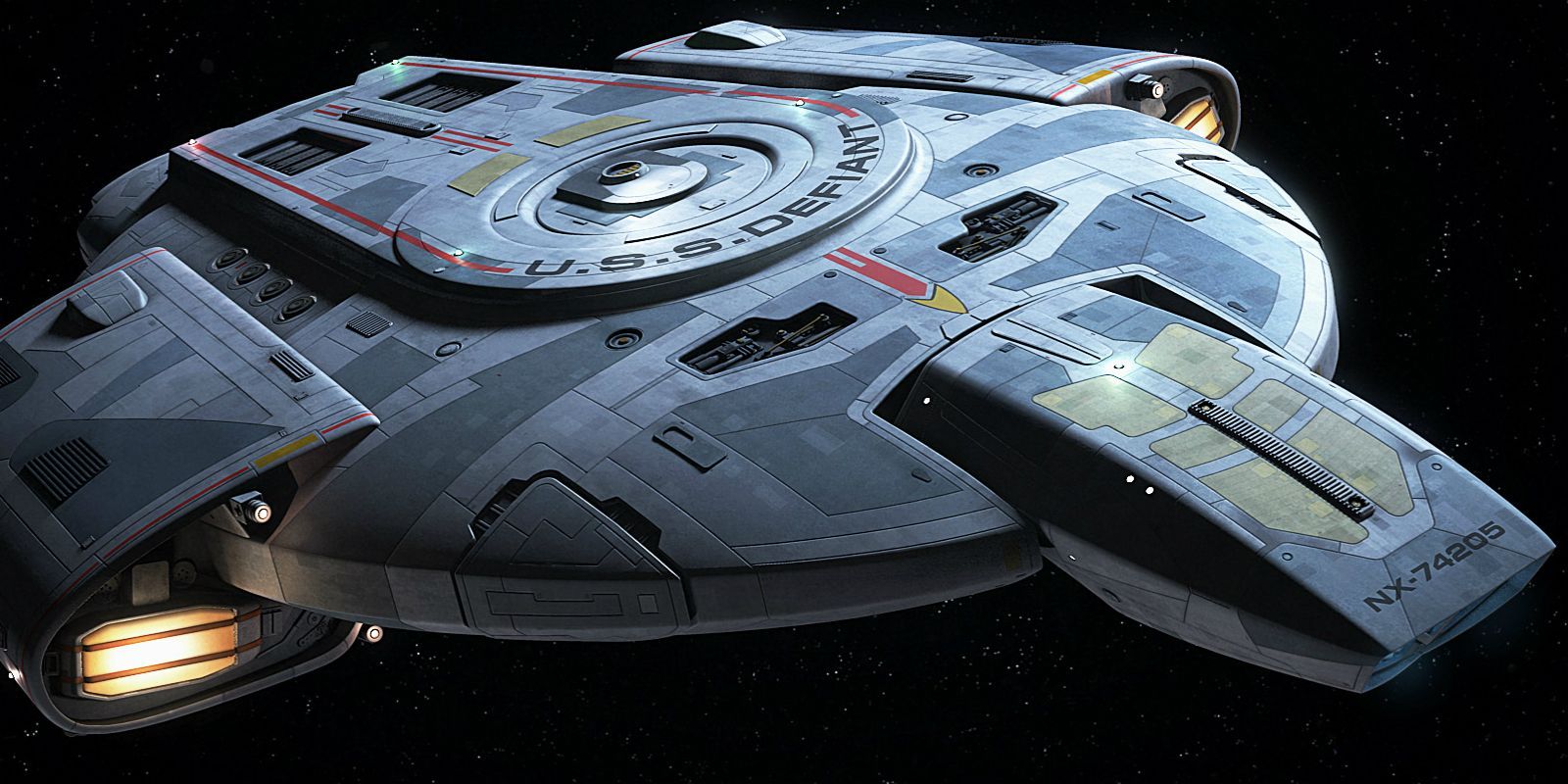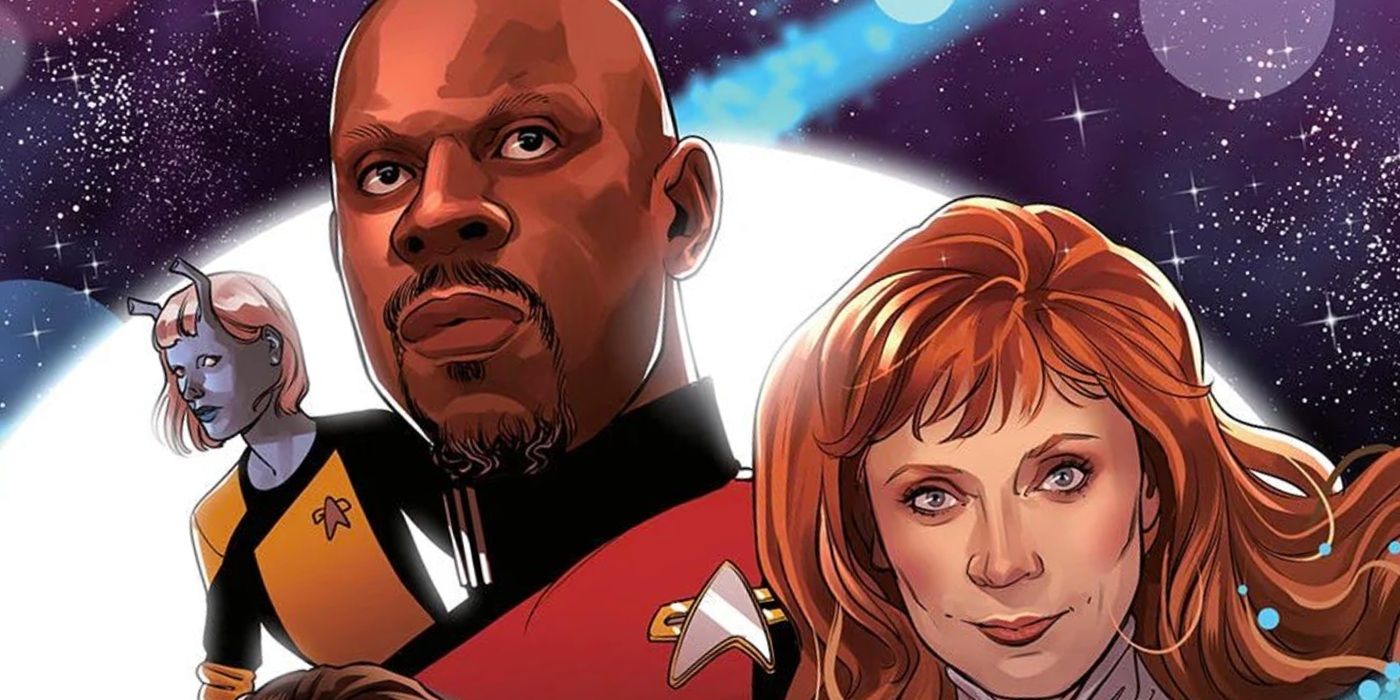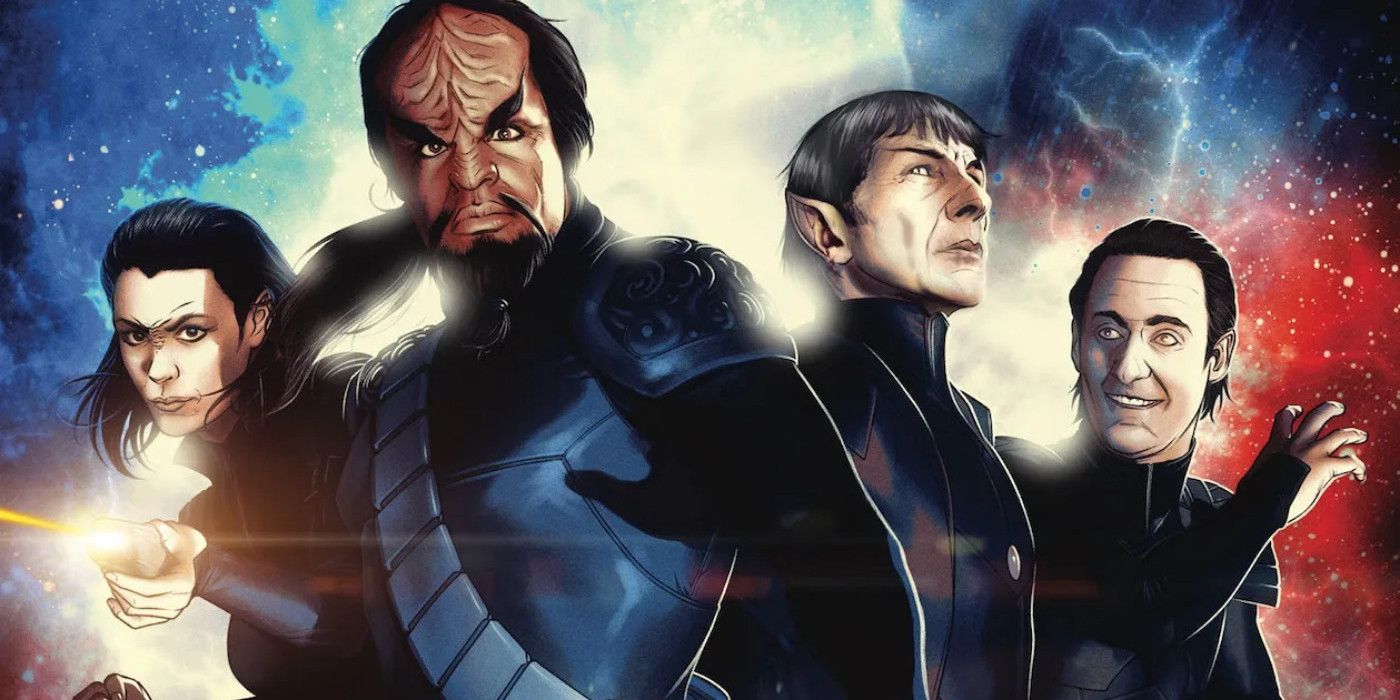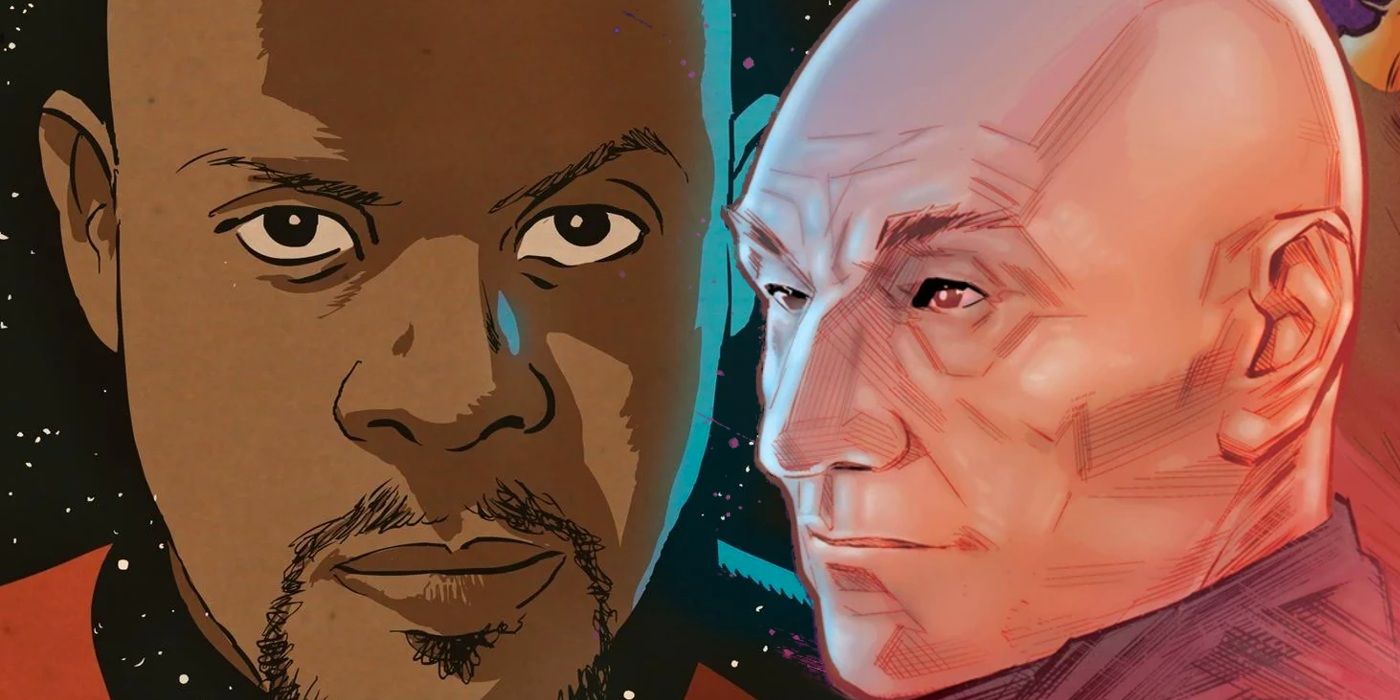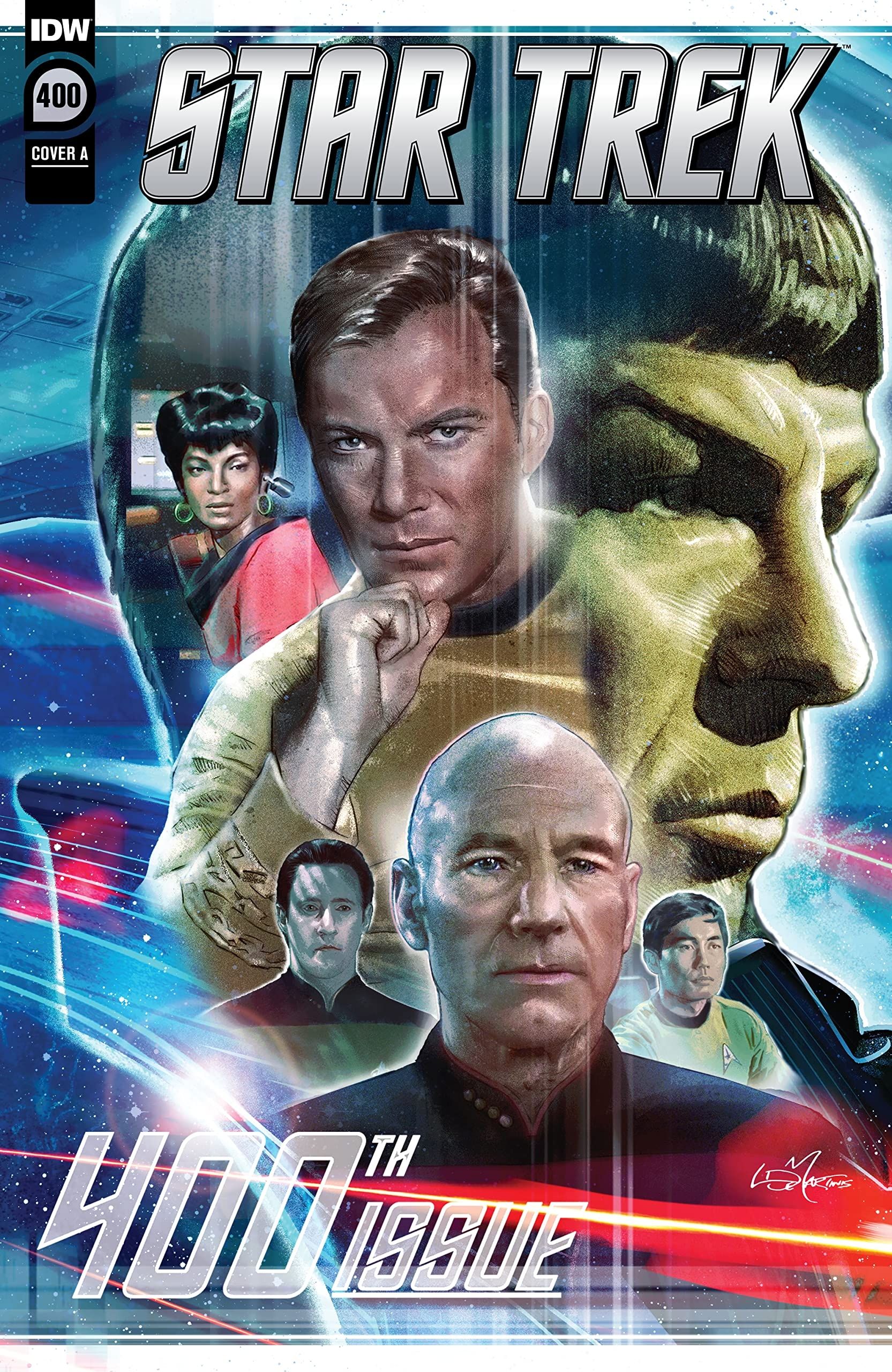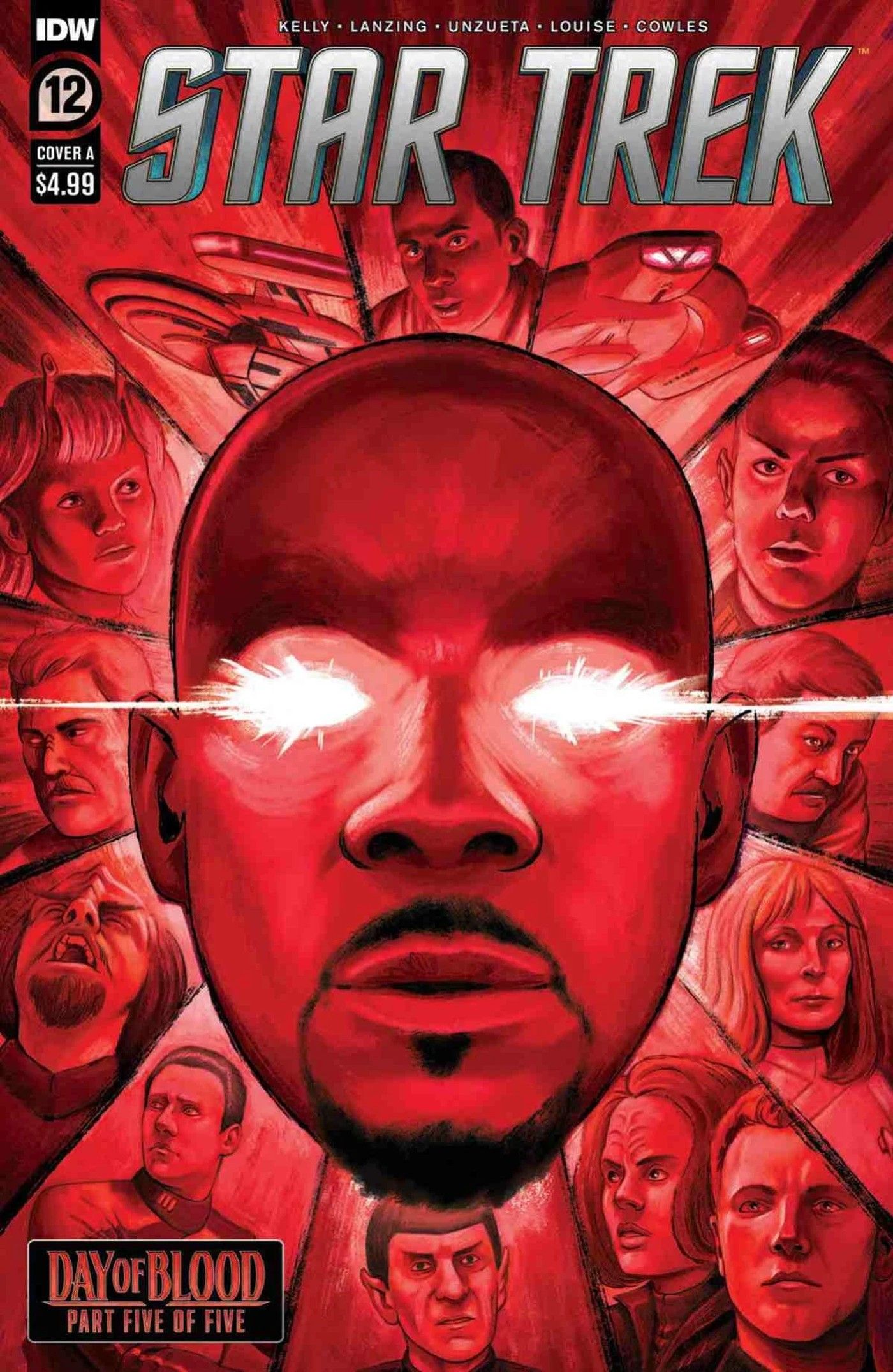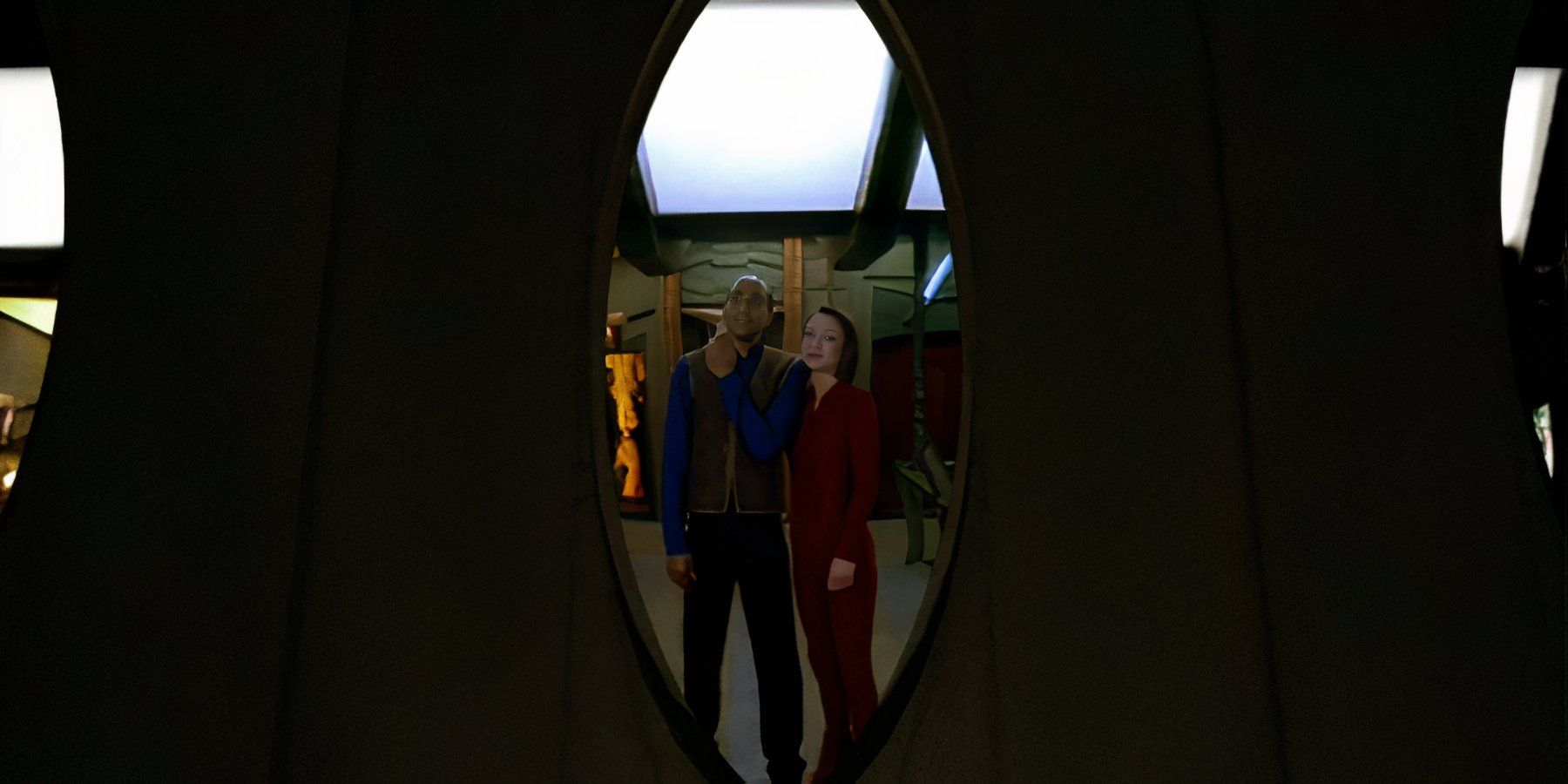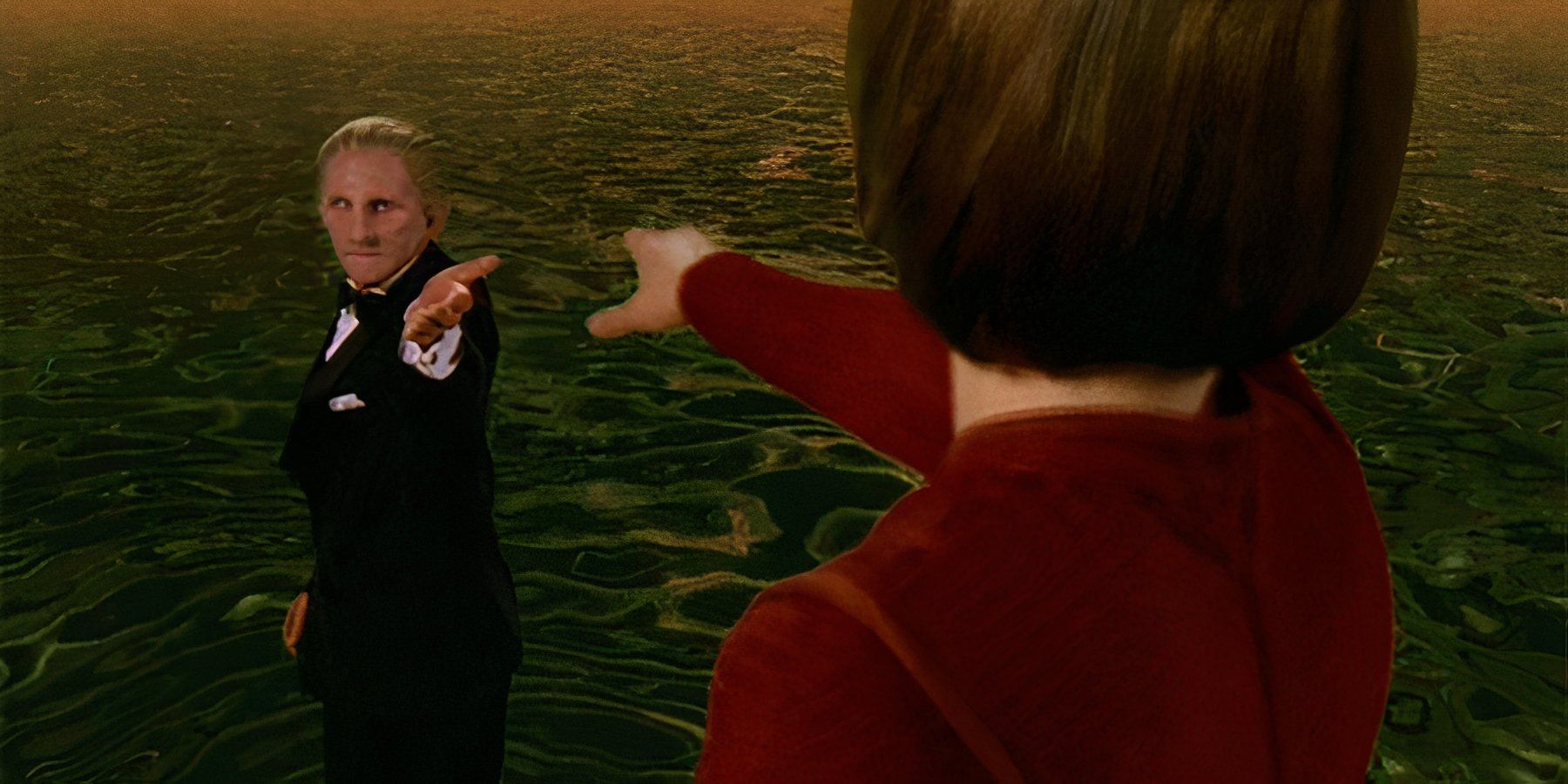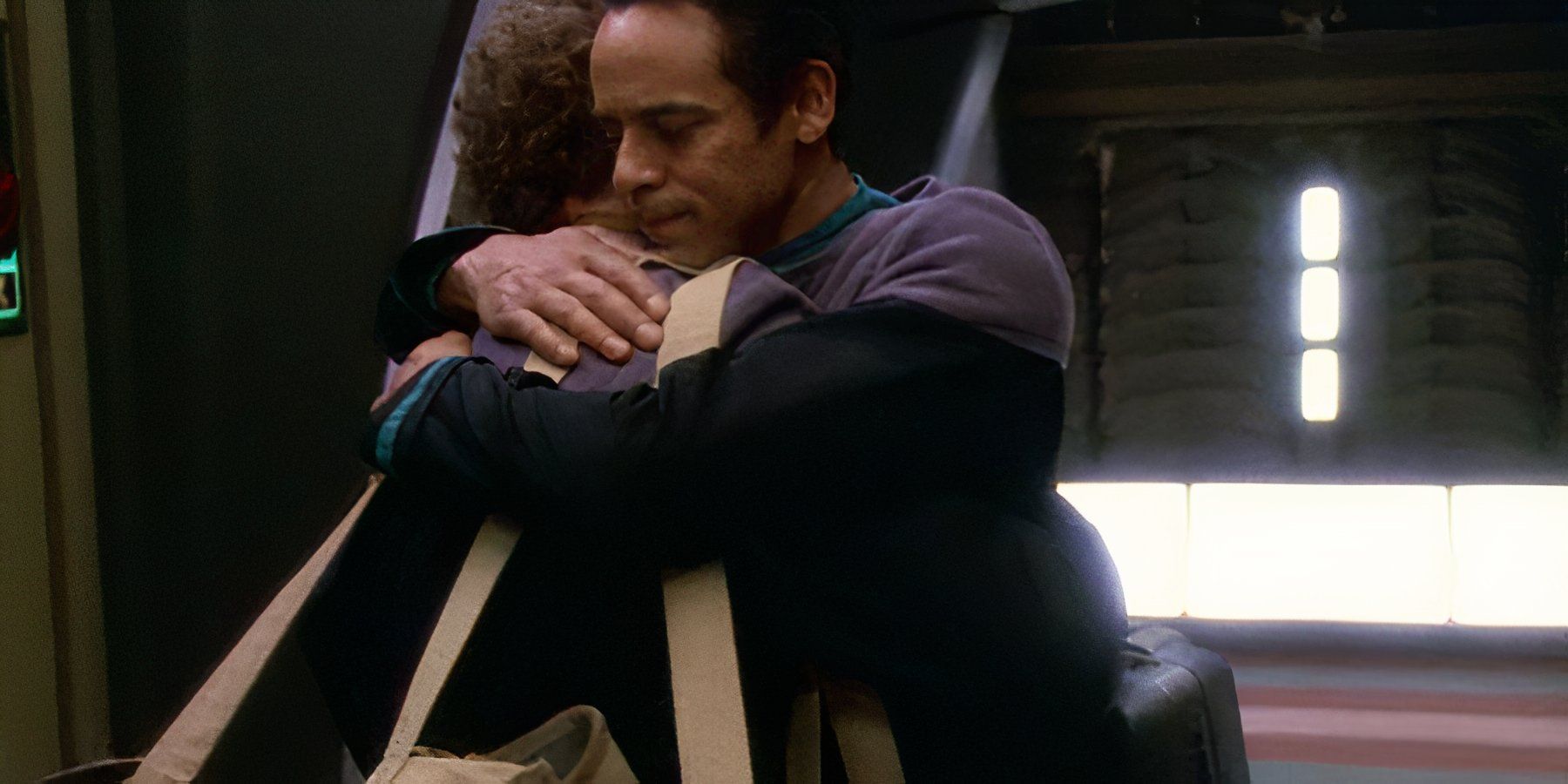Star Trek just improved upon Deep Space Nine’s ending, giving fans what they have always wanted along the way. Star Trek: Deep Space Nine ended in 1999, and its stature has only grown among fans since. IDW’s 2022 relaunch of their Star Trek comics’ line was billed as a “sequel” to Deep Space Nine, and the new Star Trek Omega makes good on this promise, delivering an emotionally satisfying finale.
Jackson Lanzing and Collin Kelly wrote Star Trek, while Christopher Cantwell wrote Star Trek: Defiant.
Star Trek Omega, the finale to two and a half years' worth of stories, was written by Christopher Cantwell, Jackson Lanzing and Collin Kelly, and drawn by a “who’s who” of Trek comic artists. The one-shot shows the crews of the Defiant and Theseus as they go their separate ways. Strongly reminiscent of the Deep Space Nine finale “What You Leave Behind,” the book brings this grand story to an end.

The final scenes of the issue, with Sisko returning to the Prophets, bring to mind the final moments of Deep Space Nine.
Star Trek: Deep Space Nine Was Not The Next Generation Part Two
Deep Space Nine Was Unlike Other Star Trek Shows
Star Trek: Deep Space Nine broke the franchise mold with its approach to storytelling as well. The show was initially structured similar to The Next Generation, with some sort of dilemma for the crew to solve, yet as Deep Space Nine continued, it transitioned to a more serialized story model. This change can largely be attributed to the Dominion War story arc. Beginning at the end of season two, the Dominion became the show’s primary adversaries, and eventually went to war with the Federation, a conflict Starfleet nearly lost.
Star Trek: Deep Space Nine was created by Michael Piller and Rick Berman.
Star Trek: Deep Space Nine broke new ground in even more ways. By the time The Next Generation debuted, Star Trek had become “safe.” The Federation was almost always right in every episode of The Next Generation. Furthermore, the Enterprise, once they were finished, could simply warp off to their next destination, the consequences of their actions be damned. The crew of Deep Space Nine had no such luxury, and had to deal with the fallout of their decisions. Deep Space Nine also subverted the idea of a benign Federation.
With a few exceptions, most of Deep Space Nine’s cast have not been seen since the show ended.
Deep Space Nine came to a poignant and bittersweet ending 26 years ago. In the series’ finale, the Dominion War comes to an end, with the Federation and Starfleet victorious. Gul Dukat and Kai Winn, two of the show’s principal villains, received their comeuppance from Sisko and the Prophets. At the episode’s end, Sisko left Jake, Kassidy and Deep Space Nine behind to live with the Prophets, but promised to return one day. With a few exceptions, most of Deep Space Nine’s cast have not been seen since the show ended.
IDW's Rejuvenated Line of Star Trek Comics Took Their Cues from Deep Space Nine
Sisko's Quest to Save the Star Trek Universe Ups the Ante for Future Trek Comics
After all these years, Star Trek: Deep Space Nine continues to exert an influence on the franchise, and nowhere was this more apparent than in IDW’s revitalized line of Trek comics.After all these years, Star Trek: Deep Space Nine continues to exert an influence on the franchise, and nowhere was this more apparent than in IDW’s revitalized line of Trek comics. Launched in late 2022 with a story in Star Trek #400, this epic, multi-year storyline saw Sisko return from his sabbatical with the Prophets. Kahless II, the Klingon Emperor, began killing the galaxy’s gods, and Sisko was charged with stopping him. Starfleet gave Sisko a crew culled from various iterations of the franchise, as well as a highly advanced starship: the Theseus.Star Trek, along with its sister title Defiant, raised the bar for future comics by honoring the spirit of Deep Space Nine. Star Trek works best when it is examining some aspect of humanity, or providing social commentary. Deep Space Nine explored the idea of life during wartime, as well as just how realistic the Federation’s lofty ideas really are. Star Trek and Defiant took a deep look at the relationship mortals have with their gods. These gods lead to a variety of reactions, such as fear on Kahless’ part or awe and wonder in Sisko’s case.
Star Trek is also well-known for its hopeful and optimistic vision of the future, and these comics keep that spirit going as well. Deep Space Nine held a magnifying glass up to Starfleet’s vision, and even while they were critiquing it, they were simultaneously reaffirming it. Star Trek and Star Trek: Defiant keep Gene Roddenberry's vision of humanity very much alive. Humanity is not a race of conquerors, Sisko once said, but a race of explorers, and the comics have taken the crew on a voyage beyond the confines of reality.
Star Trek Omega Improves Upon Deep Space Nine's Ending
Sisko is Returning to the Prophets, But This Time Will be Much Different
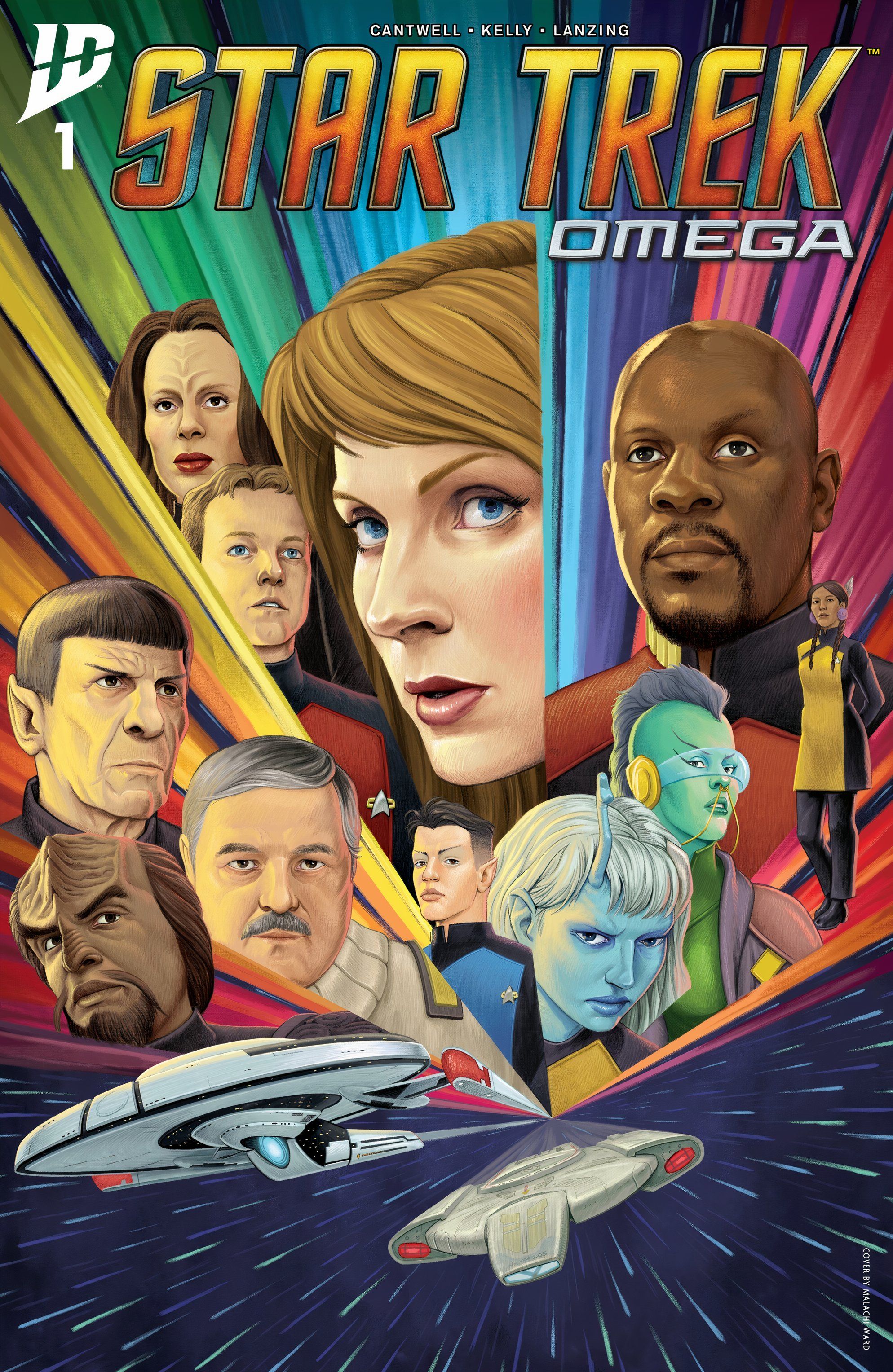
Star Trek Omega, the capstone of this era of Trek comics, improves upon Deep Space Nine’s ending. In “What You Leave Behind,” Sisko was taken to the Celestial Temple by the Prophets, but there was a definite vibe that he was going against his will. Sisko returns to the Prophets at the end of Star Trek Omega, but his experiences fighting Kahless II and Lore have given him fresh insights into humanity, ones he plans to take to the Temple and show the Prophets. Sisko is returning to the Prophets, but now it's on his own terms.
Jake’s reaction to losing his father in Star Trek Omega is a far cry from his response in “What You Leave Behind.” Losing his dad for the first time shattered Jake, and when fans catch up with him, he is still living on Deep Space Nine, not really going anywhere. Yet his father’s return, and the adventures they shared, have led Jake to change his mind about his dad’s destiny. Jake does not like his dad leaving again, but this time he accepts it. Sisko came back once, and he can do it again.
Star Trek Omega’s final scene is a recreation of “What You Leave Behind’s” finale.
“What You Leave Behind” ends with an extended sequence showing Deep Space Nine’s crew scattering, giving hints of their future. Star Trek Omega does something similar. In fact, the whole issue features Sisko, Scotty, Spock and other participants as they begin to heal and move on. Some get happier endings than others, but everyone’s story wraps up: Kahless’ honor is restored, Lore is put back into storage, Scotty retires and T’Lir accepts their mortality. Star Trek Omega’s final scene is a recreation of “What You Leave Behind’s” finale.
IDW Created Something Special, in the Vein of Star Trek: Deep Space Nine
IDW's Line of Star Trek Comics is a Testament to the Continuing Influence of Deep Space Nine
IDW created something special with Star Trek and Star Trek: Defiant. Each of these books took inspiration from Deep Space Nine, be it characters, locations, concepts and even individual scenes. Yet rather than being a simple retread, the comics broke new ground, telling a high-stakes, high-concept story that is unlikely to be topped in any medium anytime soon. The comics honored the spirit and verve of Deep Space Nine, right down to the finale, improving upon it by giving fans what they wanted.
Star Trek Omega is on sale now from IDW Publishing!
